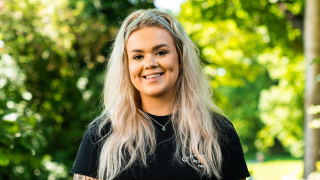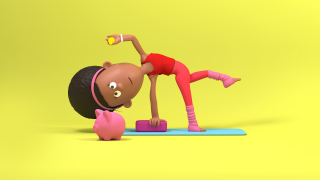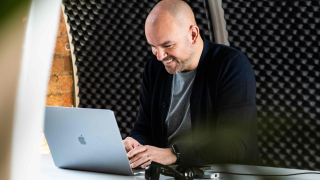
Written by Lauren Brewell
Social media influencers have been around for over a decade now, notably bursting onto the scene in around 2009 with the likes of Zoella and PewDiePie. The trend has developed into an industry, amassing over $15 billion so far. But what makes a good influencer? And how can brands truly harness their power?
The history bit
Influencer marketing as a general term goes back a lot further than just a decade ago… centuries, in fact.
Just a quick Google search of the “first influencer” brings up suggestions of even the Queen and the Pope in the 18th century influencing the use of medicine, or even further back, to 105 BC, where Roman gladiators first used 'influencers'.
Looking through our social media feeds, influencers may seem like a new phenomenon, and as we know it, they pretty much are. But the power of the 'word-of-mouth marketing' that they produce has been used for centuries.
Okay, that’s enough with the history lesson… so what makes influencers any good?
What good looks like
The metrics of what constitutes a good influencer has changed a lot over the years. One of the most notable turning points for influencers was the use of them within the beauty industry in the late 2010s. After influencers like Zoella boomed, lots of beauty brands saw social media influencers as a huge marketing platform for them to use to sell, sell, sell.
This, combined with the rapid growth of 'Beauty YouTube', saw influencers becoming fully-immersed as brand ambassadors. Brands took influencers on exclusive trips to extremely expensive places such as Bora Bora, just to help with their own brand awareness.
In recent years, this has shifted mightily. Not only are audiences so aware of influencers, they’re also aware that these recommendations aren’t happening for free. On top of this, huge brand activations (such as the beauty examples mentioned) are often accused of being extremely tone-deaf – a shift that has inevitably occurred since the pandemic. Overall, authenticity has become key in the influencer marketing world.
Authenticity
In 2018, the Advertising Standards Agency (ASA), decided to crackdown on the inauthentic elements of influencer marketing, and gave the ruling that if a social media post is sponsored, paid for, or gifted by a brand, it must be “obviously identifiable”. Enter: #ad.
This shift meant audiences were able to determine for themselves whether they were truly being recommended a product, or whether the influencer was simply being paid to advertise them.
Many influencers are known for their authenticity, and are happy to accept ads if they truly believe the product is worth it. In the current market, this is the ideal influencer. Their audience knows they’re genuine, and that they have good intentions, rather than just accepting the money to sell anything.
This is crucial for brands to tackle head-on if they want to work with influencers, and do it properly. Not only does even one inauthentic collaboration taint the influencer, it also entirely taints the brand, and an audience can pretty much 'cancel' a brand within minutes on the internet.
Anti-influencing
The newest trend in influencer marketing is anti-influencers, or 'de-influencing'. Primarily on TikTok, but also on Instagram, there has been a rise of people using their established platforms to tell their audiences what not to buy in order to resist the pressure to spend more and more money to stay up to date with trends. The hashtag #deinfluencing alone has a total of 223.5m views on TikTok, which could slowly be creeping up to the 321.8b views that the hashtag #ad has.
Although this could be considered detrimental to influencer marketing, it could also be seen as a positive thing. Lots of well-known influencers are jumping on this, and showing people what they shouldn’t be buying. As a result, this only furthers their authenticity. And if they do decide to promote anything, or simply quickly recommend something to their followers, their audience knows that they would be honest about what to (and what not to), spend their cash on.
So, what does make a good influencer?
All this being said, the absolute stand-out for influencer marketing is authenticity. A brand needs to ensure that their strategies are in order by reaching out to influencers that actually fit their brand, and allow the influencer to try/give their honest thoughts and opinions on their product. And as a result, the influencer ensures that their brand gains awareness in the best possible light.







